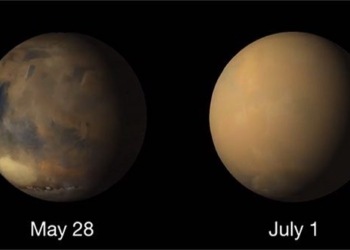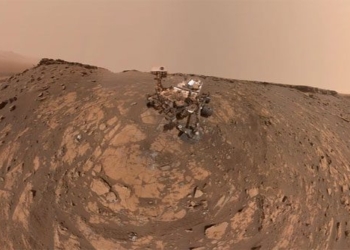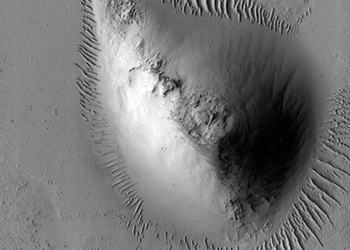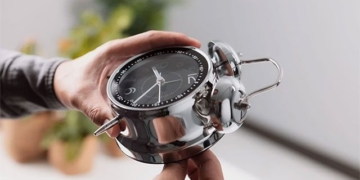A “robot chemist” has successfully produced oxygen from asteroids on Mars, marking a significant breakthrough in the quest for colonization and habitation on the Red Planet.
Oxygen plays a crucial role in potential future crewed missions. It is essential not only for astronauts’ breathing but also serves as fuel for launch systems.
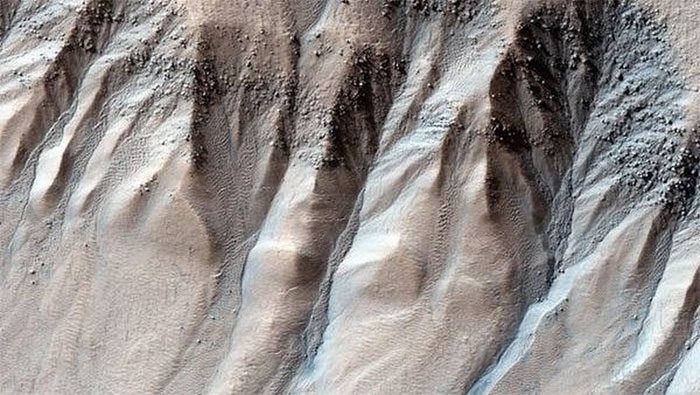
Surface grooves on Mars located at latitude 71 in the Southern Hemisphere may have once been sites of past water flow. (Image: NASA/JPL).
Thus, a logical approach to long-term cost savings for missions is to utilize available resources on the planet to generate oxygen.
This idea makes Mars a promising destination, as it has a substantial amount of frozen water existing beneath its surface, maintained in ideal conditions due to the planet’s frigid temperatures.
In a recent study, scientists successfully employed a robot to create a catalyst that separates water from asteroids on the Red Planet.
The robot, controlled by artificial intelligence (AI), can use lasers to search for potential ores. Subsequently, the robot separated 3.7 million molecules to produce six different elements, including iron, nickel, manganese, magnesium, aluminum, and calcium.
In just six weeks, without human intervention, the AI selectively synthesized and tested 243 different molecules. The best catalyst discovered by the robot can separate water at temperatures of -37 degrees Celsius on Mars. This achievement is unprecedented for humanity.
From this water, the robot can produce pure oxygen and utilize it for various purposes.
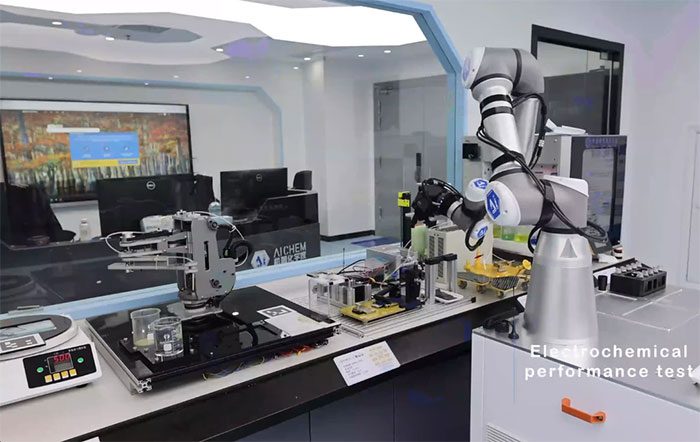
The robot separates water under laboratory-simulated conditions. (Image: NPG).
“The robot can indeed generate oxygen by separating water molecules. Humanity’s dream has become a reality,” said Jun Jiang, a co-author of the study. “To be honest, I have started to imagine that I will live on Mars in the near future.”
Researchers estimate that a human scientist would take about 2,000 years to identify the best catalyst using conventional trial-and-error techniques.
However, the AI-driven robot was able to accomplish this in a relatively short time. Jiang and colleagues are now working towards deploying their robot and AI system to function under the harsh conditions of Mars and outer space in general.
According to him, there is still a long way to go, as the atmospheric composition, air density, humidity, and gravity on Mars are vastly different from those on Earth, and things can easily go beyond control.








































